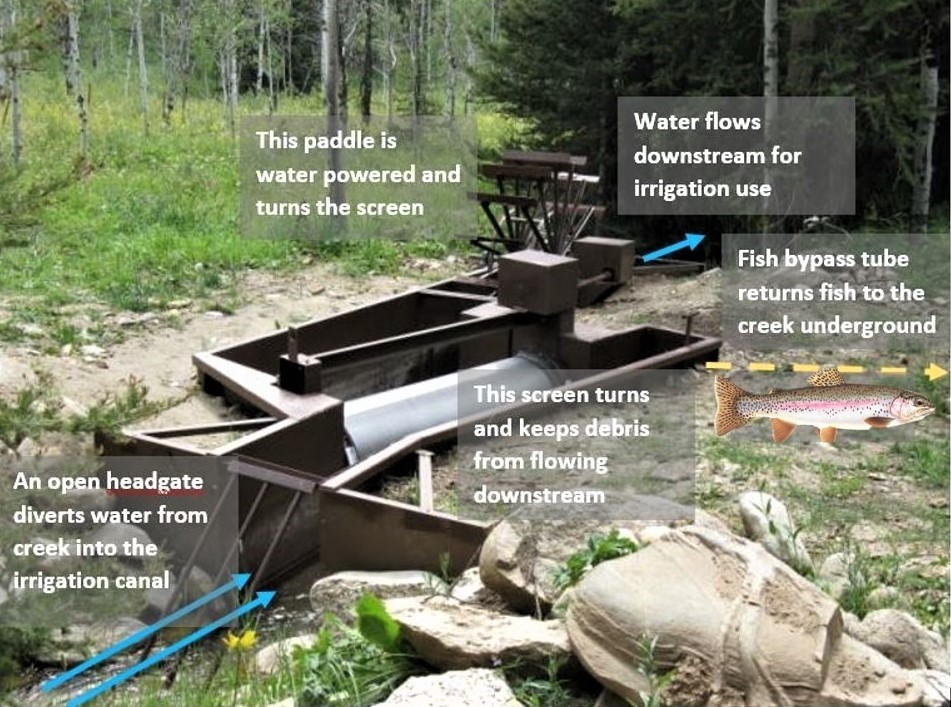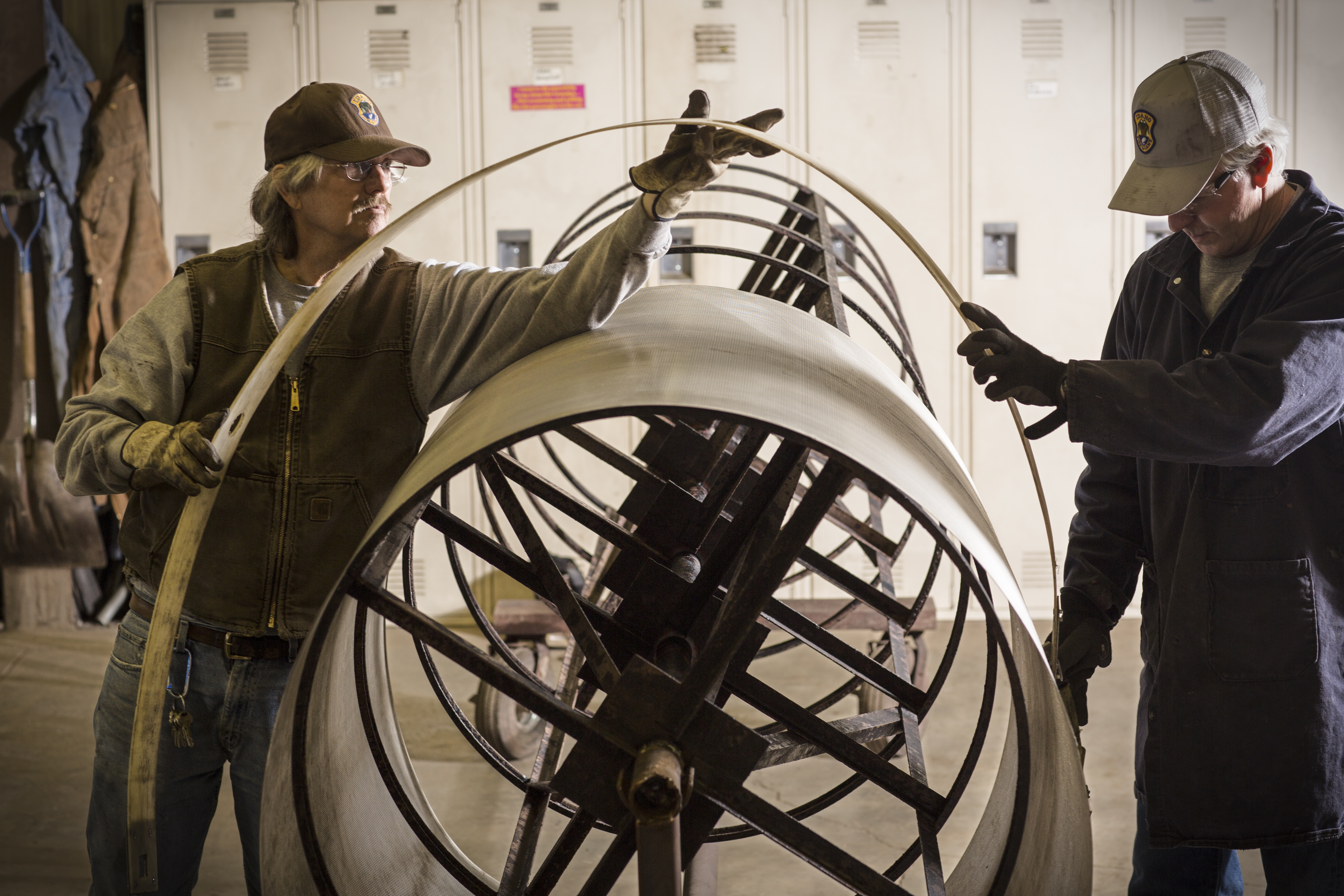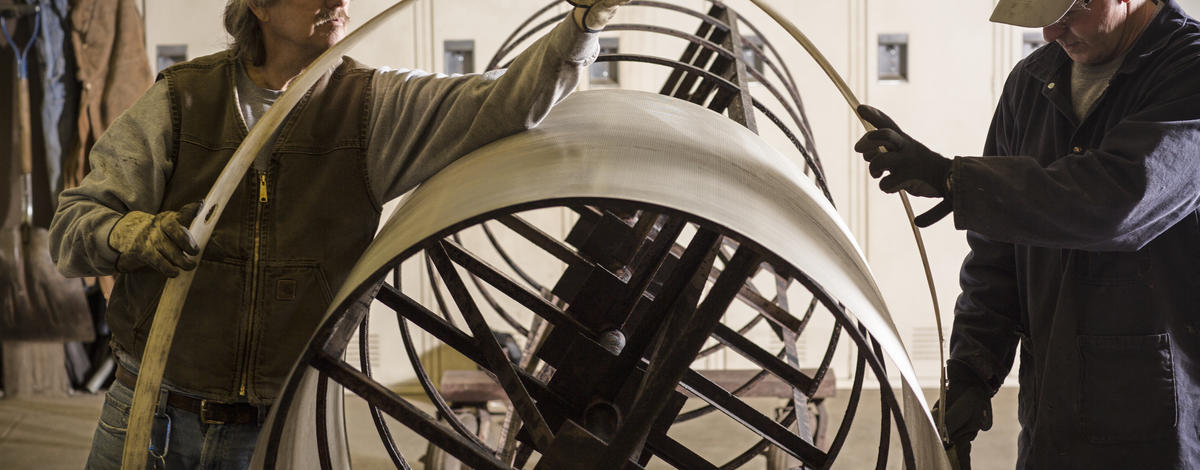When discussing the decline of wild salmon populations, most people tend to focus on one or two of the most controversial issues such as dams, gill-netting or predation. However, there are other important pressures that are sometimes overlooked. One such pressure is fish entrainment.
Fish entrainment is when fish are diverted from their natural stream environment into an irrigation or hydropower diversion. In Idaho, entrainment usually occurs when juvenile anadromous fish, who have evolved to migrate downstream to the ocean, enter a diversion. These small fish, called smolts, undergo physiological changes where their bodies start to adjust from living in a freshwater environment into a saltwater environment. Unfortunately, as these smolts migrate, they can take a wrong turn and end up in a ditch system where they become lost or delayed and never make it to the ocean.
Researchers have estimated that irrigation diversions could potentially entrain an astonishing 71 percent of out-migrating salmon in the Lemhi River, a tributary of the Salmon River. Fortunately, local landowners, water users, and Idaho Department of Fish and Game have been working together for over 60 years to prevent the loss of fish into ditch systems, saving millions of salmon, steelhead and other species from entrainment. It is likely that the chinook and steelhead stocks in the Lemhi River would have gone extinct without these essential efforts.
Since 1958, the Anadromous Fish Screen Program has built over 280 fish screens on diversions in the upper Salmon River basin. These screens prevent juvenile fish from entering diversions while simultaneously removing debris that would quickly clog the screens. The fish screen program designs, fabricates, installs and maintains these complex structures.

The success of the screen program would not be possible without the strong support, cooperation and commitment from private landowners and irrigators. A large proportion of our wild salmon and steelhead habitat in the upper Salmon River basin is on private land and these landowners play a crucial role in their recovery.
Stay tuned for future blogs on Idaho Fish and Game’s fish screen program.


